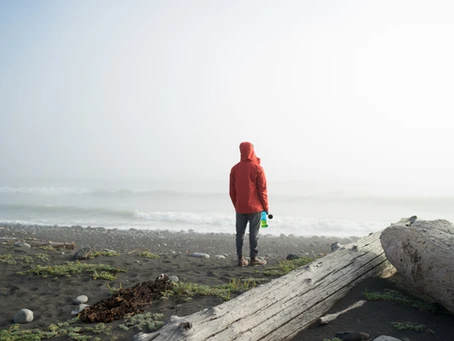Predicting when someone will become dependent on others for assistance with activities of daily living is no more accurate than predicting the weather. The “advisory” vs “watch” vs “warning” prediction model is useful, however, in the long-term care context. An advisory is issued when certain events such as a loved one becomes a senior, begins to slow down, or develops a chronic medical condition.
An advisory becomes a watch when family begins to notice mild to modest changes in a person’s mental or physical condition that effects their ability to remain independent with activities of daily living. Trends to watch for include once familiar things or surroundings becoming unfamiliar for a person, a once active person becomes sedentary, the necessity of using a cane or walker, physical deconditioning, and social withdrawal.
A watch becomes a warning when the loss of independence with one or more activities of daily living is probably going to occur. Trends to look for include a decline in decision making capacity, an early diagnosis of a chronic medical condition such as Parkinson’s or dementia, uneven gait, feet shuffling, unsteadiness when transferring, incontinence, falling, and one or more hospitalizations requiring inpatient rehab in a given year. These trends mean that the person effected will at some point require the assistance of others on a permanent basis.
The issue is whether the need for care will develop sooner rather than later. Just because the sun is out on the beach when the hurricane warning is issued, does not mean there is time to delay in preparing for landfall at your location.



